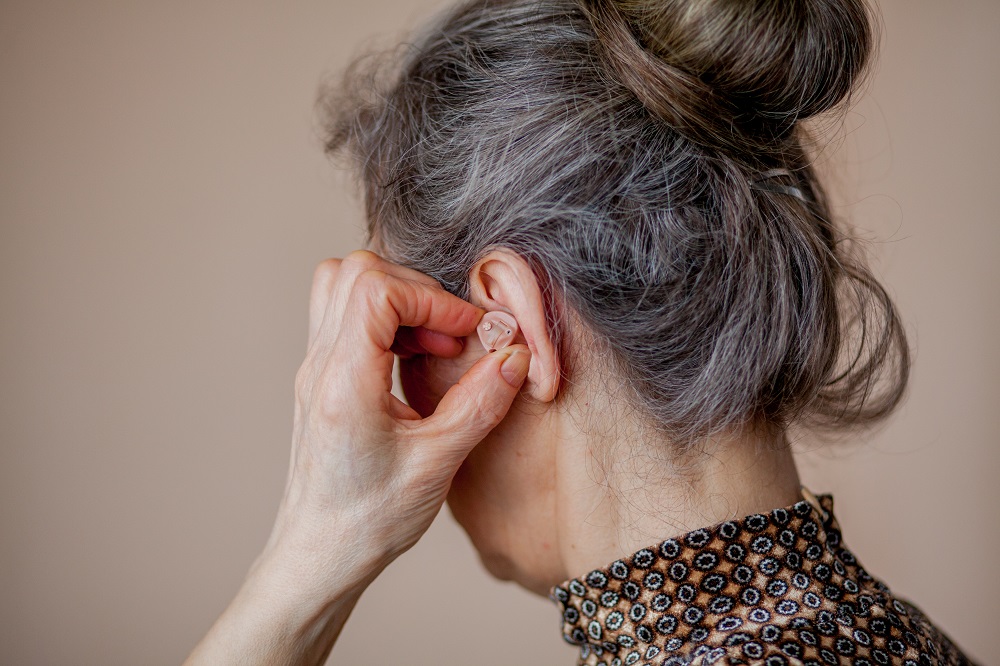Q. What is hearing loss?
A. Hearing loss is measured in decibels hearing level (or dBHL). This number represents the softest level you or your child can hear.
Q. What is a hearing level?
A. The Hearing level can be measured for pure tone sounds, as well as for speech sounds, and can be reported for both ears (bilateral) or for each ear individually (unilateral). The amount of hearing loss someone has is ranked as mild, moderate, severe, or profound.
Q. What are the different degrees of hearing loss?
A. Hearing loss varies in degrees, from normal to profound. In some cases, you cannot hear low pitch sounds and in other cases you cannot hear high pitch sounds, as below:
Normal hearing
You can hear quiet sounds down to 20 dBHL.
Mild hearing loss
Hearing loss in your better ear between 25 – 39 dBHL.
You have difficulty following speech in noisy situations.
Moderate hearing loss
Hearing loss in your better ear between 40 – 69 dBHL.
You have difficulty following speech without a hearing aid.
Severe hearing loss
Hearing loss in your better ear between 70 – 89 dBHL.
Require powerful hearing aids or an implant.
Profound hearing loss
Hearing loss in your better ear from 90 dBHL.
You need to rely mainly on lip-reading and/or sign language, or an implant.
Q. What are the different types of hearing loss?
A. Sensorineural Hearing Loss
In the past, sensorineural hearing loss was referred to as “nerve deafness”. We now know that in most cases the problem stems from the inner ear rather than from the hearing nerve. However, we continue to group the two problems together, because the inner ear and the hearing nerve are connected and need to work together. It’s another reason why hearing loss should be treated promptly – the ‘downstream’ neural parts of the hearing system need input from the ‘upstream’ sensory parts in order to grow and stay healthy.
Causes, Signs and Treatment of Sensorineural Hearing Loss
The causes of sensorineural hearing loss are varied but can be generally put into two categories: congenital and acquired.
Congenital hearing loss is present at birth and is the most common problem seen in newborns. It can be either inherited or caused by abnormal development in the fetus. Before the development of a vaccine, maternal rubella or German Measles was a common cause of congenital hearing loss.
Acquired hearing loss can be caused by a wide range of factors such as trauma, presbycusis (age-related hearing loss), noise exposure from machinery or firearms, Meniere’s disease and meningitis. A tumor on the hearing nerve can cause rarer neural hearing loss. When present in both ears, sensorineural hearing loss will mean you may have difficulty understanding, even when speech seems loud enough. When in one ear, you may have difficulty locating sounds or hearing background noise.
Treatment for sensorineural hearing loss varies, depending on the severity of your hearing loss and whether you are affected in one ear or both. If you have mild to severe sensorineural hearing loss in one ear then a conventional hearing aid is the most common treatment option. However, as hearing aids require some degree of useable hearing, they can’t help in the case of profound hearing loss.
If you have mild to moderate sensorineural hearing loss in both ears, hearing aids can help most people. For more severe levels of hearing loss, sometimes hearing aids just do not help enough. This is because sensorineural hearing loss causes sounds to become distorted. Amplifying sounds through hearing aids makes them sound louder, but not necessarily clearer. Even good quality hearing aids can sound distorted if the inner ear is severely damaged.
If you have severe to profound hearing loss and hearing aids are no longer working for you, you may want to learn more about cochlear implants.
Q. Want to learn more about Hearing Loss?
We know hearing loss doesn’t have to stop you, whether it is mild or severe. To learn more about your options for treatment, contact us today!

